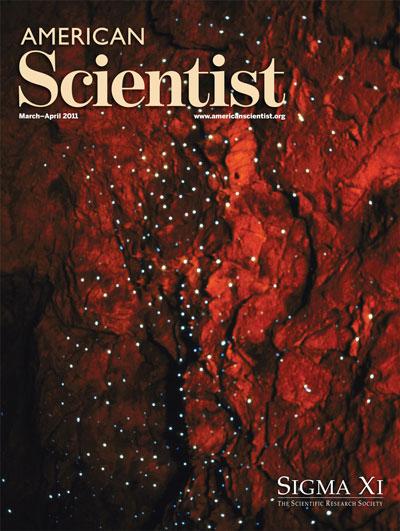Computing Science


In the blackness of a cave, the glowworms of New Zealand may bemuse prey by mimicking a starry nighttime sky. The luminescent larvae of <em>Arachnocampa luminosa</em> capture their prey by dangling sticky silk threads from their inverted perches. A more usual feature of cave ecosystems is the entire absence of light. In "The Evolution of Cave Life," Aldemaro Romero, Dean of Arts and Sciences at Southern Illinois University Edwardsville and professor of biology and environmental studies, serves as the guide for a field trip into the underworld, where evolutionary forces lead to striking, characteristic and, we are now coming to realize, generally misunderstood patterns of adaptation. (Photograph by Frances Furlong/Oxford Scientific/Photolibrary.)
Ten bold astronomers, five centuries ago, performed feats of imagination that prepared for the advent of human space flight 50 years ago
New concepts are challenging conventional ideas about life underground
Click "American Scientist" to access home page